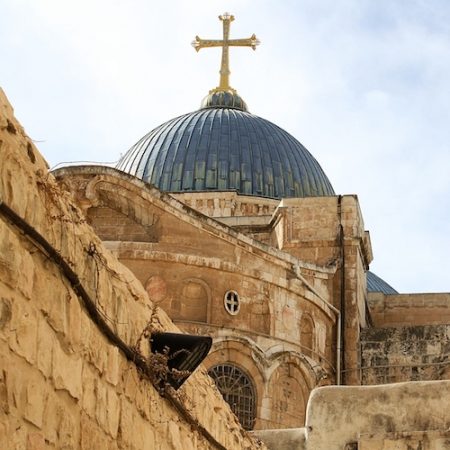I have three destinations to share about for Day 11 – which was amazing.
We headed north from Jerusalem to Shiloh which was the first longterm site of the Tabernacle after arriving in the land at the end of the exodus wanderings from Egypt. (See Joshua 18:1) The Tabernacle remained in Shiloh for 396 years serving the 12 tribes spread throughout the land during the period of Joshua and the Judges. It contained the Ark of the Covenant, the Golden Lamp-stand, the Show-bread and the Altar of Incense. Shiloh with the Tabernacle was the centre of Israel’s worship. This came to an end when the Philistines destroyed Shiloh in the 11th Century BC. To help us appreciate the history an excellent hologram presentation was viewed in a tower structure on top of Shiloh Hill.
Of particular interest to me was learning where the Tabernacle had stood, remembering this was where the people of Israel settled in the land met God before the First Temple was built by Solomon in Jerusalem. It required a flat site of about 100 cubits by 50 cubits outside the walls (1 cubit = about half a meter) of the pre-existing Canaanite town. That site is now just a flat piece of ground bounded by cut rock and to help us, flags as well on one boundary.
The first photo below is worth magnifying to read the information board and look over towards the site. If it looks hot it was, and climbing the slopes in the warm winds required effort.
I have included a panoramic photo of a wine storage facility that represents great archeology. Amphora (stone vessels with pointed bottoms) are good for allowing wine sediment to settle and holding large amounts of wine for public consumption, which is what could be expected at a worship shrine. There are still vineyards for winemaking near by as can be seen on the site photo.
From this place of profound significance we went to Samaria. Our first stop was Jacob’s Well where Jesus spoke with a Samaritan woman as related in John chapter 4. As per usual there is a church built over this ‘Jesus site’. Look at the third picture to see the well as it is today in the crypt of a church.
And yet the evidence points to this well really being the well Jesus sat at as dug by Jacob. The Samaritan woman said to Jesus that “the well was deep”. She was not joking! This comment is one among many in John’s gospel that relates to the archeological reality. It is hewn out of solid rock and was measured in 1935 as being 41 meters deep! Today it is only 25 metres deep because so much has been thrown into it but 25 meters is still deep. Dropping a cup of water down the well requires a few seconds before the splash is heard.
3,800 years is a long continuity to consider. From the photo I took looking down the shaft it appears that the top square limestone block was an after-thought. Below this cap stone natural round stones or boulders can be seen lining the bore of the well, which must have been dug large enough for a man to dig and move about inside.
Standing there alone I decided that if Jesus trusted the water as good to drink, so could I so I decided to drink of the well Jacob dug, and Jesus drank from. There was a big sense of immediacy in being somewhere Jesus did significant ministry.
Then, as we were in biblical Samaria, it was time to visit some Samaritans. So up Mount Gerizim we went to the Samaritan Museum and Visitor’s Centre. There are currently about 800 Samaritans, half of whom live on their sacred mountain, Gerizim.
We were given a brief introduction by a community member before the brother of the current high priest came and spoke to us (see photo below). The Samaritans are a mystery. Their self-understanding and what others say about them does not align. They do not accept the view I had of them being a blend of the poor remnant left after the Assyrians emptied the land of prominent Jews and replaced them with other peoples moved there. They see themselves and having a continuous tradition back to the Exodus, which later took its own turn when the Northern tribes rejected the heavy demands of Rehoboam – the son of Solomon.
Apparently their extant scripture scrolls are older than any held by Jews and are written in an older form of Hebrew text which can be seen from the texts visible in the photo.
Mount Gerizim is a mount of blessing partnered by Mount Ebal across the valley which is a mount of cursing. The difference is clear to see as one mount is full of life and the other supports very little.
My reflection on the Samaritans is that they had a very contextualised faith so strongly related to a region and a narrow story that it could never become a world faith or move out of the region to be of significance to other peoples. In the wake of the fall of the second Temple (when Jerusalem was destroyed by the Romans) and consequent diaspora of the Jewish population, Judaism could globalise and Christianity all the more so.
These were the highlights of our tour on day 11.
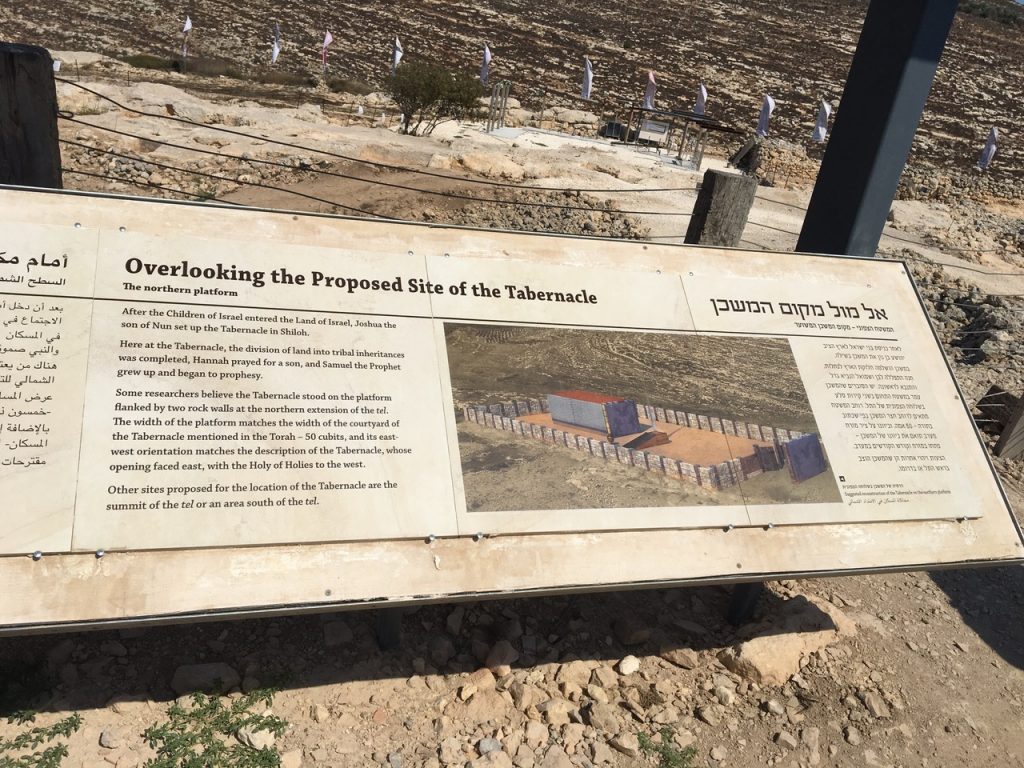
Read the information board and look over it towards the most likely site of the Tabernacle in Shiloh. 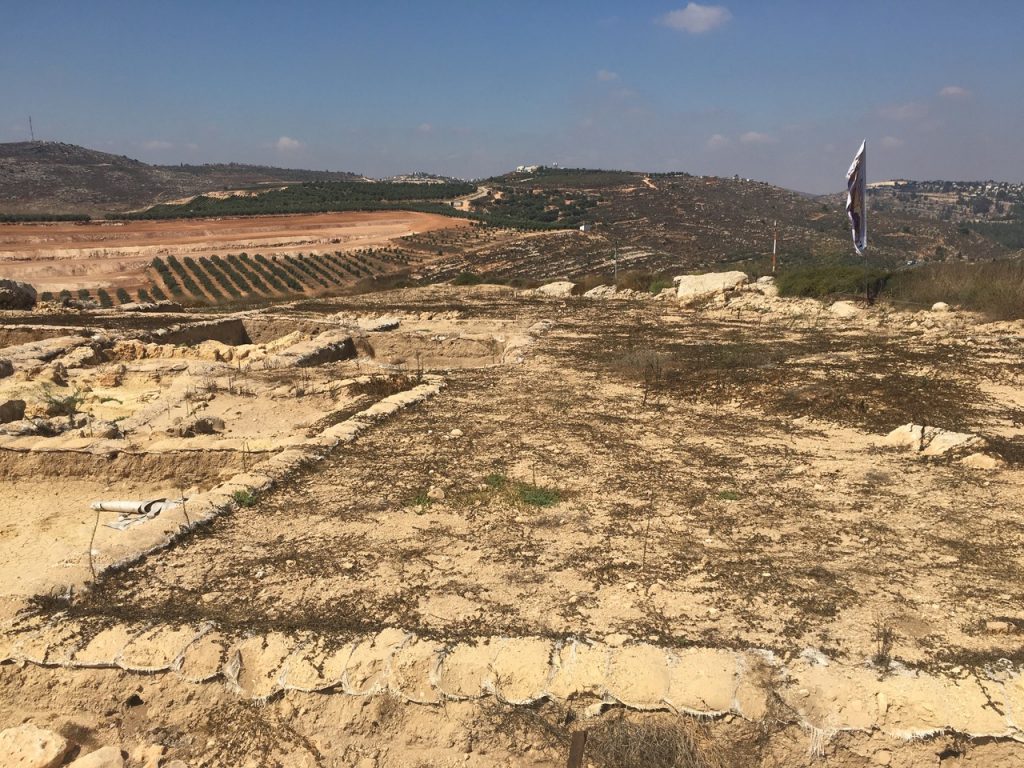
The likely site of the Tabernacle at Shilo 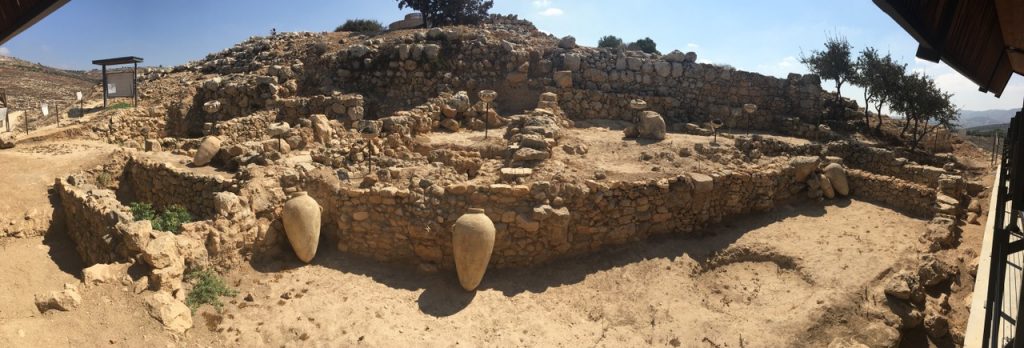
A wine storage area outside the Canaanite town wall with replicas of the urns found in here. 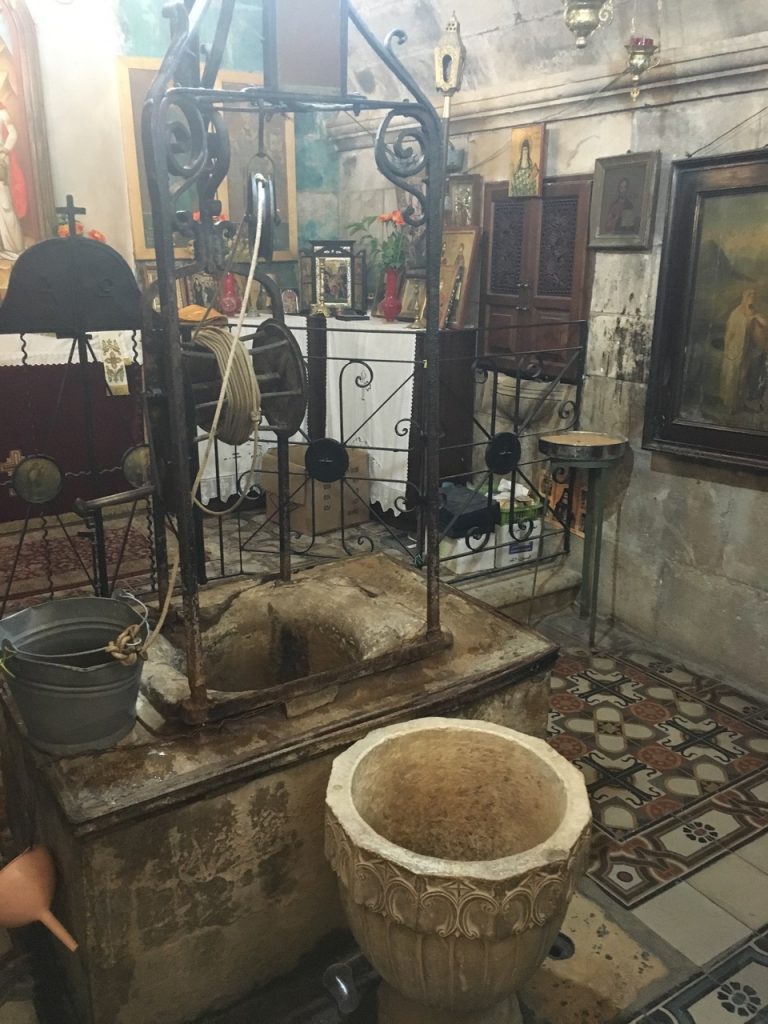
Jacob’s Well as it is today in the crypt of a church. 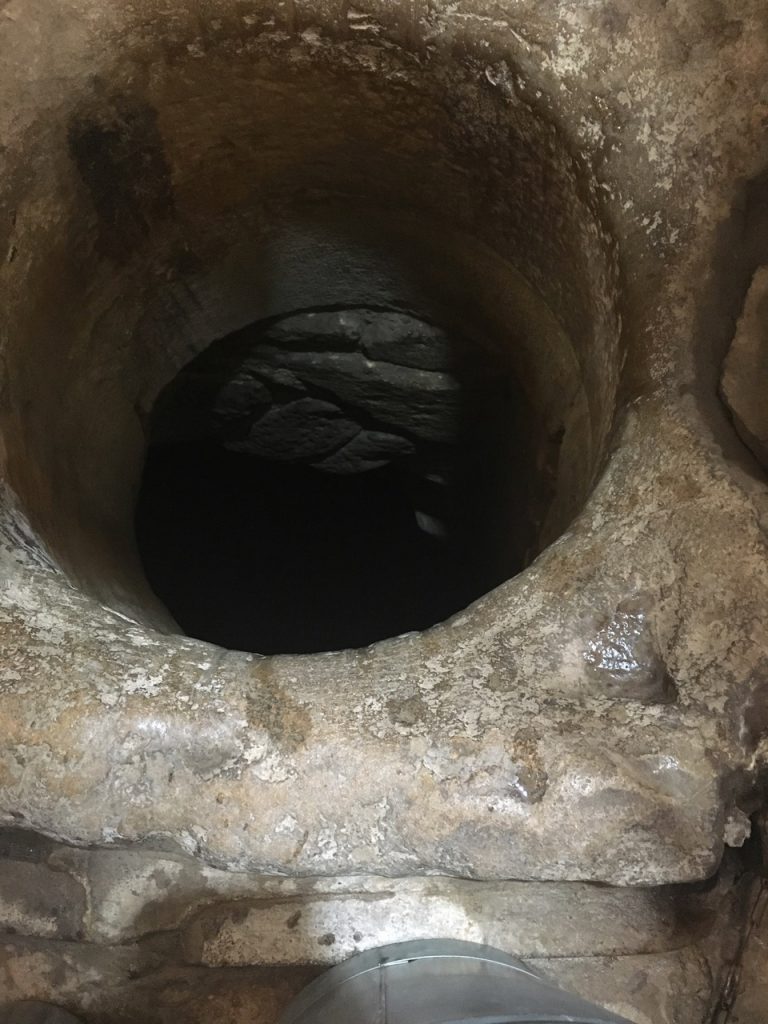
Looking down the well past the limestone block serving as the well cap and access point. 
The brother of the current Samaritan High Priest with a Pentateuch scroll in ancient Hebrew script.
